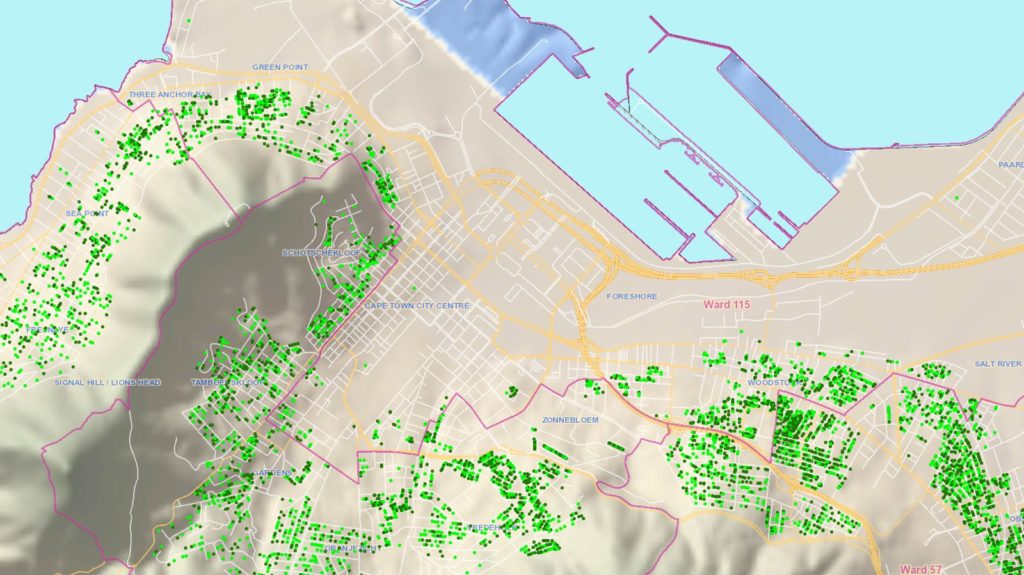Samsung heads into CES 2026 with momentum Samsung Electronics is closing out 2025 with a strong signal of where its future tech ambitions lie….
Cape Town’s ‘green’ map reveals water usage per household

The City of Cape Town has this week made spying on friends, family or even neighbours’ water usage habits even easier.
Previously, one would have to sneakily peak over the wall when the spritz of a sprinkler was heard, but now you can simply use the City’s freely available Water Map.
It’s not the first time that the City of Cape Town has outed thirsty residents, but this is probably the most useful attempt thus far; and allows users themselves to see how they are saving water (or not) in relation to the people across Cape Town.
Cape Town dams: Theewaterskloof Dam less than 16% full
Dams monitored by the City now hold just 28.7% of their designed capacity, down from 29.7% the previous week. Talking actual numbers, that’s a loss of 9.3-billion litres of water in a week, enough to sustain Cape Town’s thirsty population for just over two weeks. Read more…
The map plots a bevy of dots across the city corresponding to total water usage per month.
Those using less than 10 500 litres per month (or around 348 litres per day for four occupants) are marked in bright green. Those using less than 6000 litres per month are awarded a dark green dot. While grey dots are “estimated readings when the water meter is not read for some reason; or if no information is available for the property.”
The map also only displays consumption for “free-standing houses and not cluster housing, flats or other land uses” in addition to effluent treatment collection points, and pressure reduction zones.
And for those wondering, households using more than 10 500 litres per month are not displayed.
“It has been found that high consumers are often unaware of their consumption but are willing to change their behavior once approached,” the City explained in a press release.
This is likely to avoid the fallout of its controversial excessive water users list published last year.
But even if you aren’t planning to monitor others’ habits, it’s a nifty tool to compare your usage with those around you.
“The greener we go, the more we push Day Zero away. The map shows that many households across Cape Town are working hard to save water as part of the effort to get us through our worst drought.”
And considering that Day Zero is now earmarked for 21 April 2018, the worst is seemingly yet to come.
You can access the Cape Town City Water Map here.


